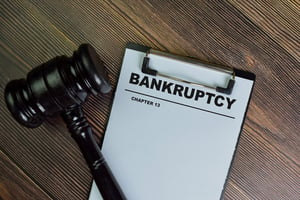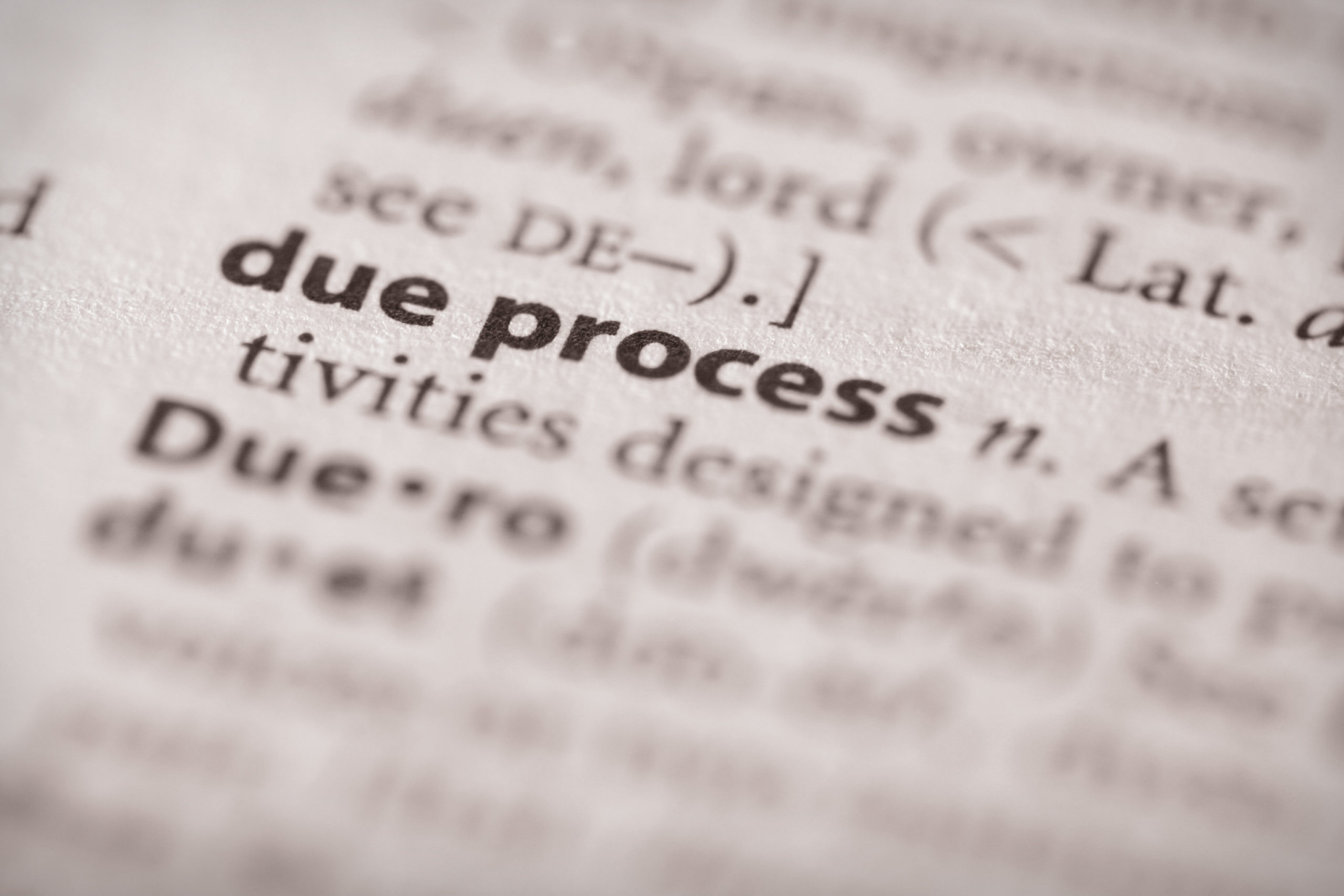Is That Really Appealing? – 2023 Affirmance Rates of the TTAB | Seyfarth Shaw LLP
Tingey Injury Law Firm, Unsplash
The one and only TTABlogger, to whom we are very much indebted, recently reviewed and analyzed the decisions concerning Section 2(d) and Section 2(e)(1) refusals that the Trademark Trial and Appeal Board issued in 2023. Based on these numbers, the Board seems to be increasingly receptive to challenges of likelihood of confusion refusals under Section 2(d), but is perhaps getting more harsh on appeals of mere descriptiveness refusals under Section 2(e)(1).
According to the TTABlog, last year the Board issued 219 decisions regarding Section 2(d) refusals and 60 decisions regarding Section 2(e)(1) refusals. Meanwhile, the Board reversed 31 of the Section 2(d) refusals and four of the Section 2(e)(1) refusals. This provides an affirmance rate of 85.8% and 93.3%, respectively. Comparatively, the Board had an affirmance rate of 92.5% for 2(d) refusals and 88.2% for 2(e)(1) refusals in 2022. See Is That Really Appealing? 2022.
It is difficult to know whether these changes represent a lasting trend, or just statistically insignificant fluctuations. Either way, it seems the odds are still stacked against applicants filing ex parte appeals of Examining Attorney’s decisions. Therefore, applicants should carefully consider the implications of filing and appeal to avoid a final decision of the Board with potentially negative consequences. A mark owner would not want to take action that might undercut future efforts to register, or undercut future policing efforts if a third party uses the decision against the mark owner. In some cases, the Board will even apply collateral estoppel to bar future applications.
In sum, the Board’s affirmance rates, along with all pertinent facts, should strongly be considered when determining whether your case is really worth appealing.






